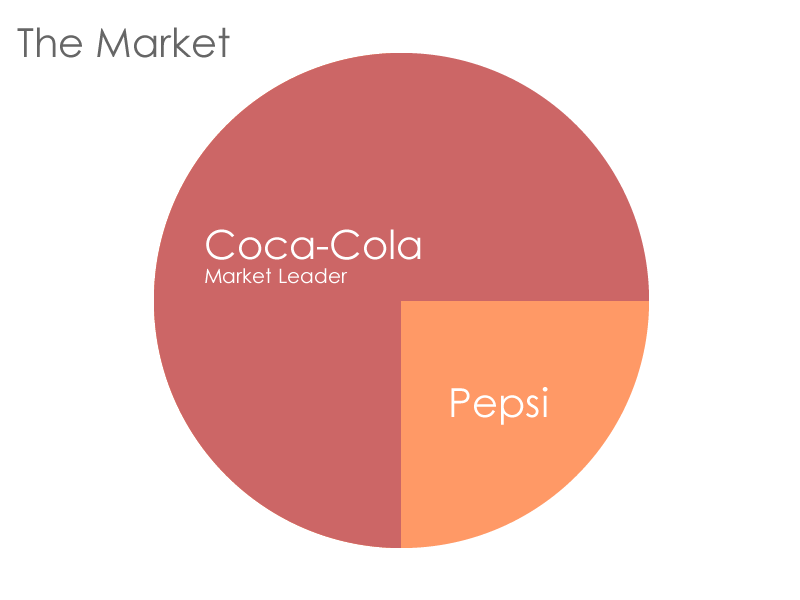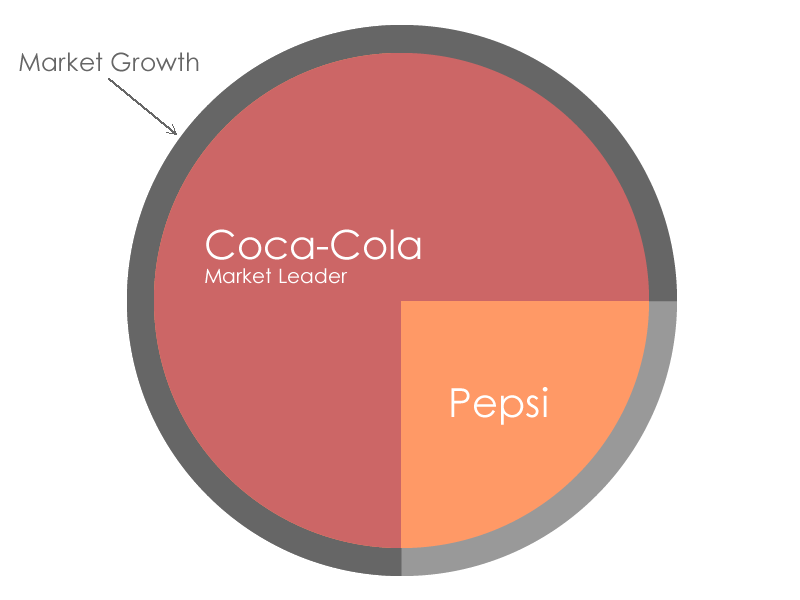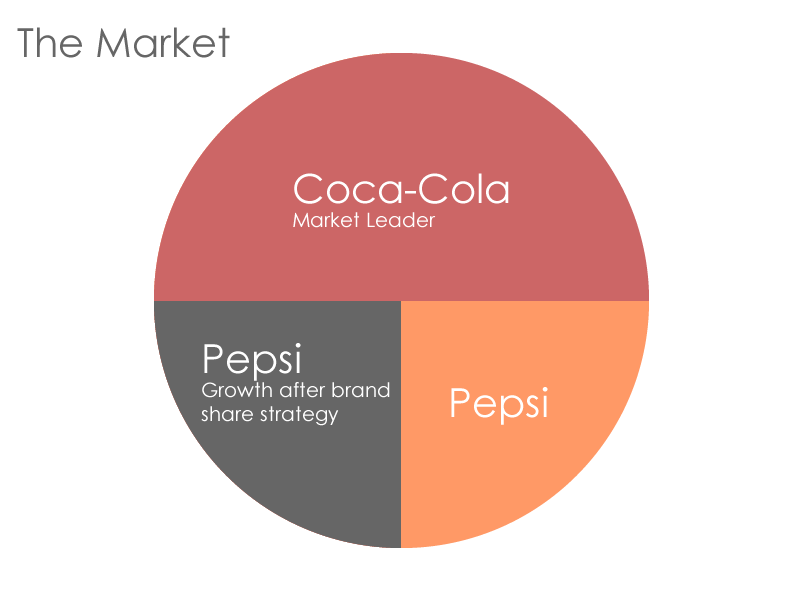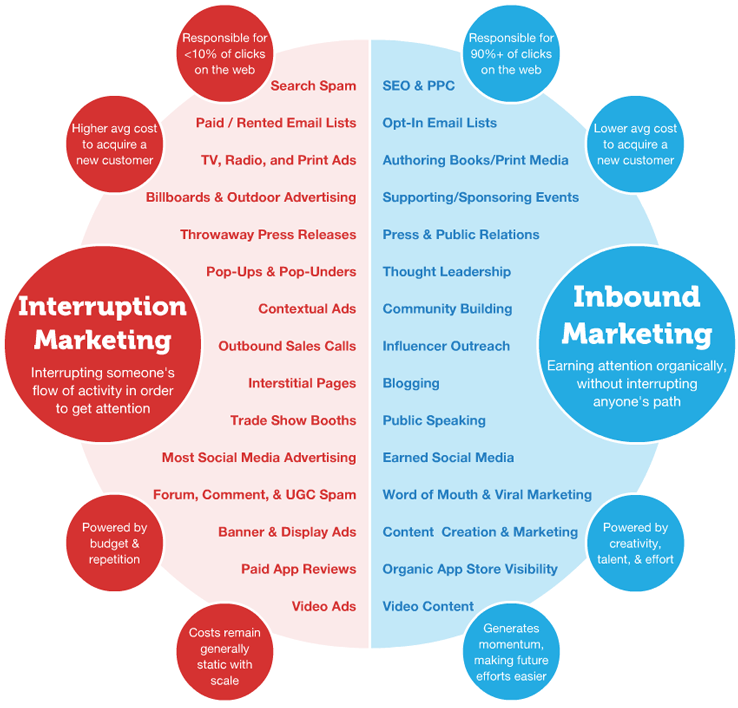I attended Marketing Week Live last week (26/06/2013).
The first presentation was by a man who works for Twitter.
He was a big fan of Twitter.
Engage this.
Content that.
You name it, he had a cliché for it.
One of his big success stories was that of Oreo.
During the Superbowl 2012 was a power cut.
As you’d expect, the lights went out.
Being night-time, it was dark.
Within half an hour Oreo had tweeted:
“You can still dunk in the dark” – accompanied by a picture of an Oreo cookie in the dark.
Very good, they managed to turn that around quite quickly.
To date it has had more than 15,000 retweets and so is officially a success story.
Is it going to help them sell more Oreo cookies? You be the judge.
At the end of the sales pitch talk was a short Q&A session.
One plucky audience member asked this:
You have spoken about how big brands have used Twitter to successfully market themselves…
Can it work for a small company? Something like a local concrete laying company?
After stringing some words together in no discernible order the man from Twitter concluded by sitting firmly on the fence.
In effect, he tried his best to not say “no”.
So in effect, he was saying “yes”.
There’s a challenge for you.
Market a local concrete company on Twitter.
Ok, so there will probably be a smart-arse who makes something go viral – like a blog about strange things you can do with concrete.
But that isn’t going to sell the stuff, it will just make teenagers laugh.
And it can only be done once, it’s not an industry changer.
So there is the problem with social media marketing.
It can and does work from time to time.
But there is a majority group of marketeers who are too obsessed with it.
They feel that it is simply ridiculous to think that it won’t work in some scenarios.
This attitude rubs off on many businesses who begin to question whether they should have a Twitter account.
The man from Twitter did nothing to fix this problem.
He knew that Twitter is perhaps not the tool of choice for a local concrete company.
But he couldn’t bring himself to admit it.
Sometimes it’s ok to say ‘no, it probably won’t work’.
Sometimes you have to admit, Twitter is not for all.



